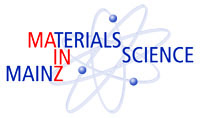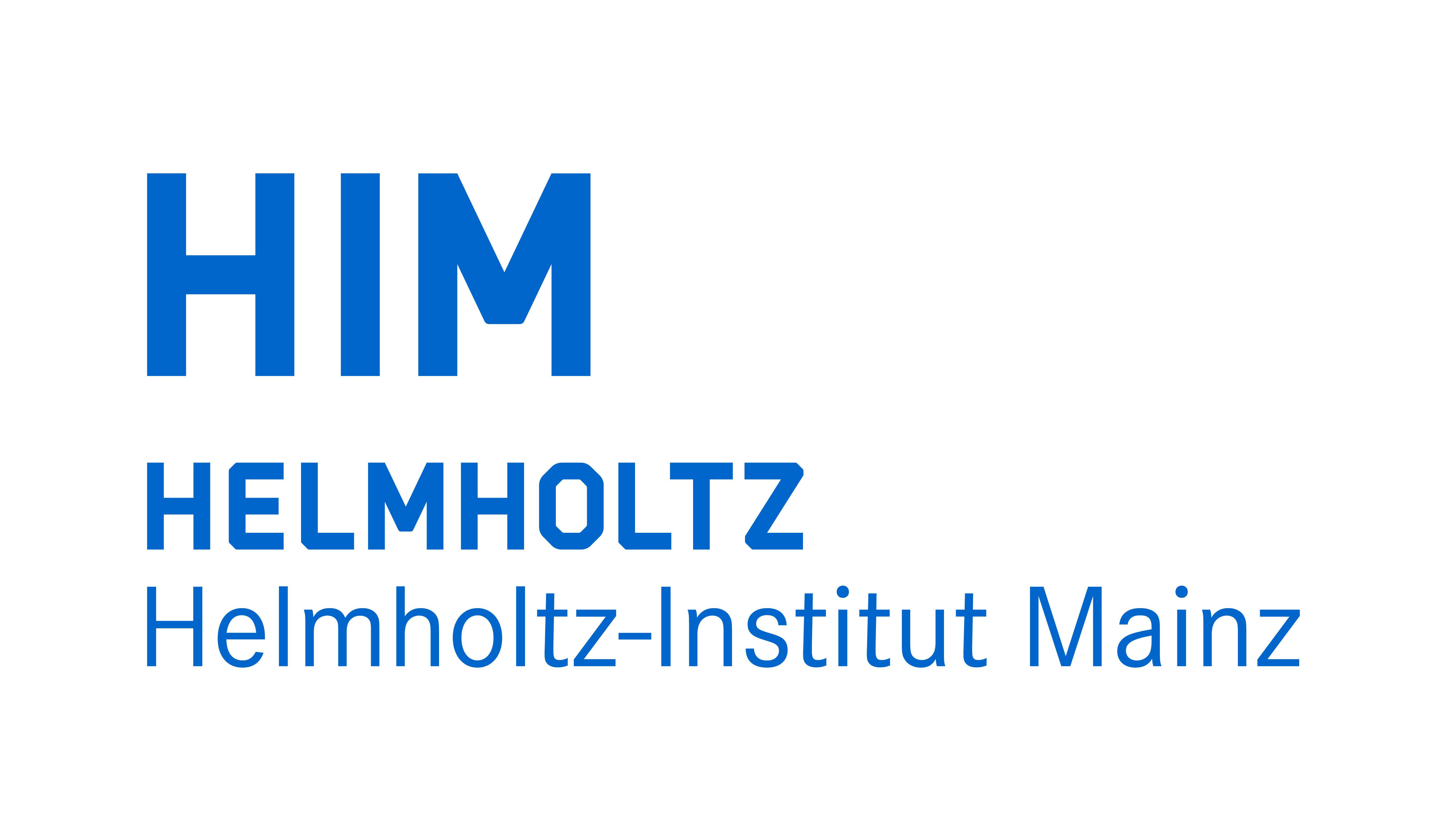


Physikalisches Kolloquium
Oct. 16, 2018 at
4 p.m. c.t.
in
HS KPH
Prof. Dr. Alfons Weber
Institut für Physik
a.weber@uni-mainz.de
Prof. Dr. Hartmut Wittig
Institut für Kernphysik
hartmut.wittig@uni-mainz.de
Nanodiamond-based Quantum Materials for Biomedicine
Prof. Dr. Tanja Weil (Max-Planck-Institute for Polymer Research, Mainz)
Fluorescent nanodiamonds (FNDs) are emerging as promising quantum materials for bio-medical applications and precision sensing due to their unique optical and magnetic proper-ties.[1] They are obtained by implementing elemental defects into the carbon lattice, such as the nitrogen vacancy (N-V), giving unconditionally stable fluorescence without bleaching or blinking even after several months of continuous excitation. The emission wavelength of FNDs is not size-dependent and is tuneable from the visible to the near infrared region according to the elemental defects. In addition, the N-V center in FNDs serves as single-spin sensor[2] that locally detects various physical properties offering great potential for atomic resolution imaging under physiological conditions. The advent of diamond quantum sensing promises solving the longstanding goal of single molecule detection with atomic resolution under ambient condi-tions[1] There is currently no other nanomaterial that would offer such features.
There is an urgent need to prepare high quality N-V diamonds nanodiamonds in a controlled fashion to customize diamond sizes and lattice defects. We present the synthesis of nanodia-monds that paves the way to tailored quantum materials with precisely defined and positioned lattice defects. In addition, functionalization of nanodiamonds is crucial for various applications in biology and medicine. Nanodiamond surface coatings based on biopolymers[3-4] and pro-teins[2,5] will be discussed that provide the basis for quantum sensing and drug delivery in living biological environments. In addition, functionalization of N-V diamonds with proteins or DNA provides access to precisely assembled diamonds on DNA origami to access sophisti-cated quantum devices.